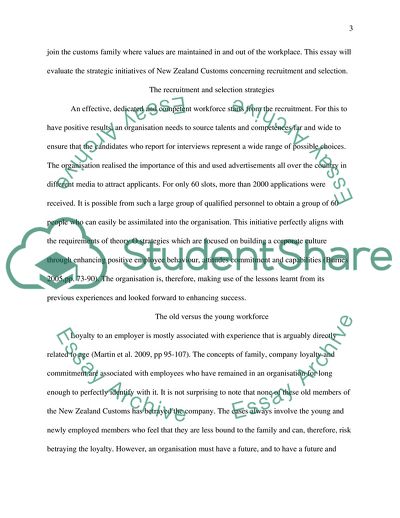Cite this document
(Strategic Initiatives of New Zealand Customs Essay Example | Topics and Well Written Essays - 1500 words, n.d.)
Strategic Initiatives of New Zealand Customs Essay Example | Topics and Well Written Essays - 1500 words. https://studentshare.org/human-resources/1839149-critically-evaluate-the-strategic-plan-or-strategic-initiatives-used-by-new-zealand-customs
Strategic Initiatives of New Zealand Customs Essay Example | Topics and Well Written Essays - 1500 words. https://studentshare.org/human-resources/1839149-critically-evaluate-the-strategic-plan-or-strategic-initiatives-used-by-new-zealand-customs
(Strategic Initiatives of New Zealand Customs Essay Example | Topics and Well Written Essays - 1500 Words)
Strategic Initiatives of New Zealand Customs Essay Example | Topics and Well Written Essays - 1500 Words. https://studentshare.org/human-resources/1839149-critically-evaluate-the-strategic-plan-or-strategic-initiatives-used-by-new-zealand-customs.
Strategic Initiatives of New Zealand Customs Essay Example | Topics and Well Written Essays - 1500 Words. https://studentshare.org/human-resources/1839149-critically-evaluate-the-strategic-plan-or-strategic-initiatives-used-by-new-zealand-customs.
“Strategic Initiatives of New Zealand Customs Essay Example | Topics and Well Written Essays - 1500 Words”. https://studentshare.org/human-resources/1839149-critically-evaluate-the-strategic-plan-or-strategic-initiatives-used-by-new-zealand-customs.


